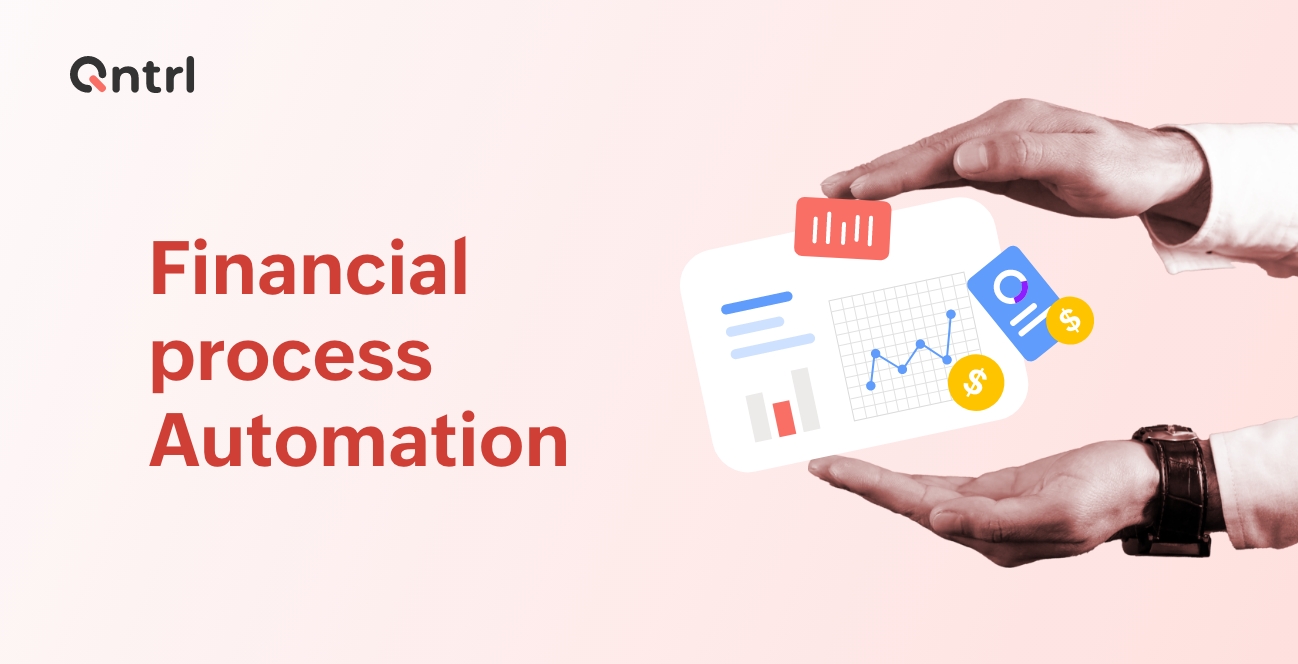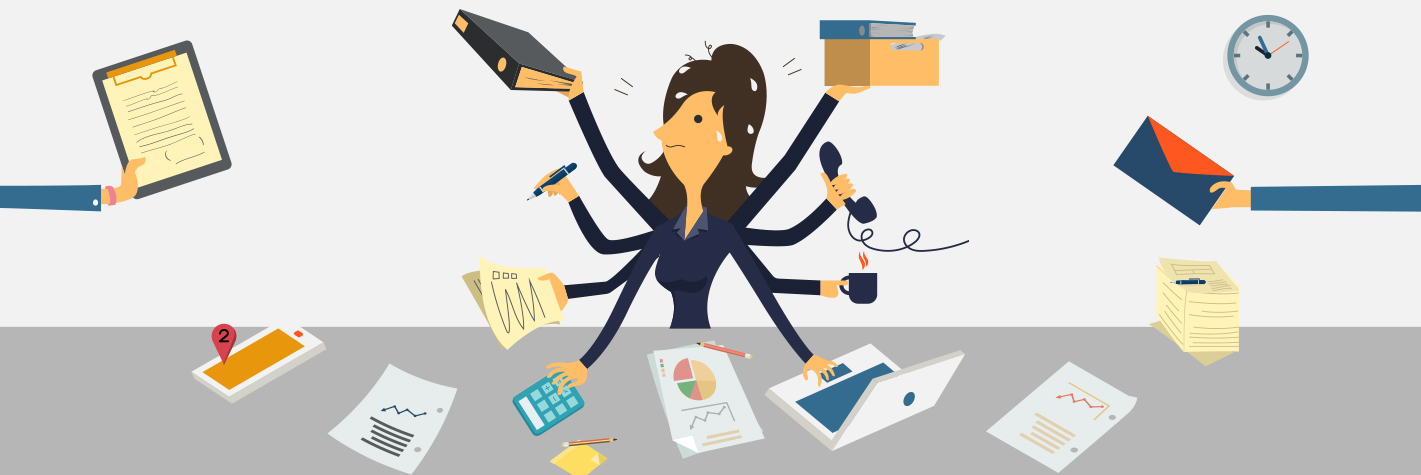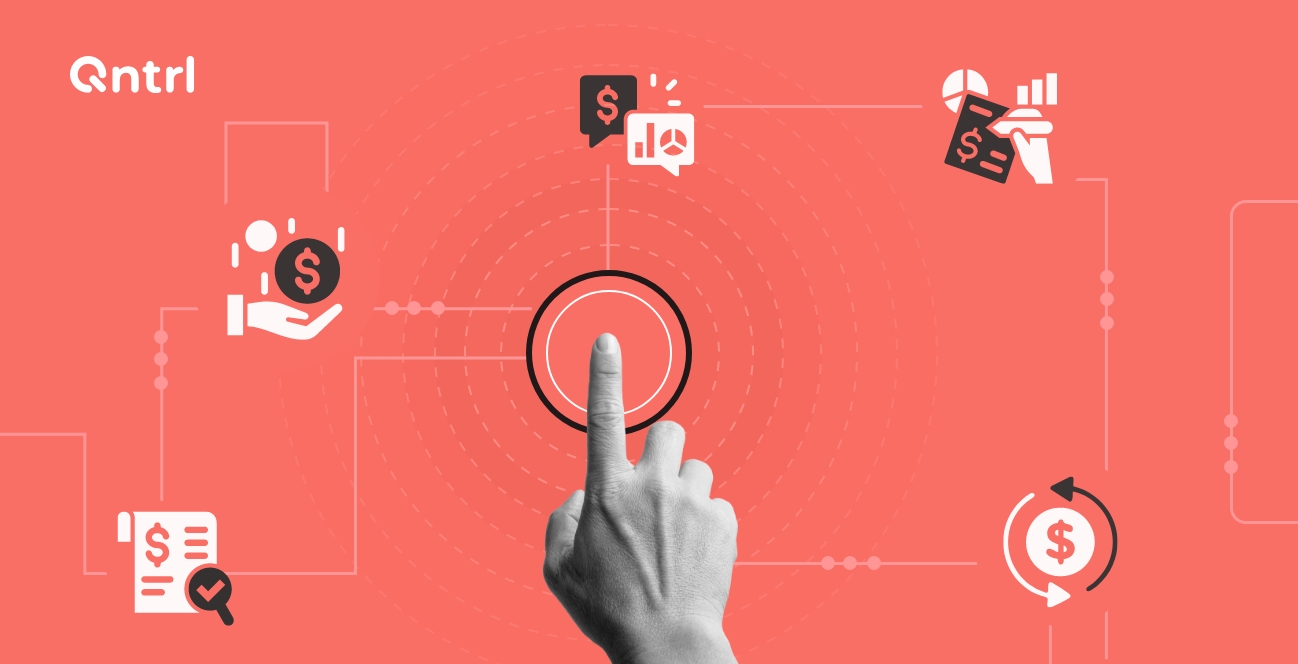In order to ensure the financial sector of a company is working in an accurate and efficient way, there are two particular areas that need to be well-structured and organized: accounts receivable and accounts payable.
In the case of accounts receivable, we're referring to the department responsible for monitoring revenue sources and ensuring its collection, which is something essential for a company's operations and profitability. There's a straight connection with accounts payable since it relies on the income generated to manage expenses and financial obligations.
Regardless of the industry, it is important to structure the accounts payable process to ensure proper resource management, making sure the company will keep on working in the future and maintaining good relationships with suppliers and governmental entities at the municipal, state, or federal levels, depending on the type of business.
In this article, we will delve into the accounts payable sector and explore how to structure processes in a simple and effective way, enhancing payment visibility, ensuring that there are no overlooked expenses, and guaranteeing that employees and suppliers receive payments on time and accurately.
What is accounts payable?
At first sight, it may seem that this department is exclusively responsible for paying bills. However, accounts payable is accountable for complex—and important—tasks for a company.
Of course, paying bills is part of their responsibilities, but the accounts payable sector is also in charge of defining the payment methods for expenses—whether it's paid in full or in installments for significant purchases—and ensuring that the available funds can cover expenses and keep the company's operations running without debt.
That's why accounts payable and accounts receivable are departments that must work hand in hand. Depending on the company's expenses, it is possible to increase or decrease the final price of a product or service for consumers, for example.
The accounts payable department also plays an essential role for companies that plan their expansion. By closely monitoring cash flow, the department can determine if and when these plans can come true.
But how is it possible to execute all of these tasks and reach a healthy cash flow and ensure a profitable future for the company? Let's find out!
How to structure an accounts payable process
"Planning" and "organization" are keywords for many processes, right? And when it comes to accounts payable, it isn't any different.
Since we're dealing with financial resources, it's important to have a detailed overview of the expenses within a specific timeframe (week or month, for instance) and the total amount to be paid to suppliers and staff during those intervals.
Let's take a closer look at some tasks that could be really useful to structure this process:
1. Map out the expenses
Before starting to pay expenses deliberately, it's important to have an exact understanding of which payments need to be made. In the case of a restaurant, for example, recurring expenses such as rent, payroll, supplies, delivery packaging, employee uniforms, and operational licenses are among the bills to be paid on a regular basis, whether monthly, quarterly, or annually.
In this initial step, it's important to list all the expenses and then divide them according to the timeframe that makes more sense for the business administration.
2. Do price research
After identifying the expenses, it's important to determine which ones offer the possibility of supplier quotations to find the best cost/benefit option for the company. Continuing with the restaurant example, it's important to look for suppliers that offer ingredients with the desired quality at a fair price.
This process is particularly important during times when cost-cutting is necessary, as it allows the company to identify those suppliers with prices more aligned with the financial reality of the business and the company's needs to continue its operations.
3. Use process management software
Technology can help increase expense visibility and payment date control. By using software such as Qntrl, which offers customized solutions based on the company's context or the type of process it follows, it's possible to ensure that expenses are managed in an accurate and efficient way.
With the use of software, it's also possible to automate some processes, such as approvals and receipt tracking. The auditing process can be simplified by technology as well since it is possible to generate automated and precise payment reports.
By following these steps and utilizing technology, a streamlined and efficient accounts payable process can be established, which will enhance financial management and ensure timely and accurate payments.
In addition to automation, check out the other advantages of using technology to optimize accounts payable processes:
- Cost and error reduction
- Greater control and visibility of important information
- Team time optimization
- Reduction in the likelihood of incurring fines for late payments
Improving accounts payable processes with BPM
By adopting flow orchestration software for accounts payable processes, the increased accuracy and enhanced visibility of payments create room for another powerful ally: business process management (BPM).
BPM is a set of practices that aims to achieve continuous improvement and enhancement of each stage of activities through process monitoring. This enables productivity enhancement by refining task execution.
The implementation of BPM begins with identifying and planning the tasks assigned to the department. With the activities mapped out, it becomes simpler to detect potential obstacles in certain process steps.
Subsequently, strategies can be devised to determine how processes and activities can be optimized—and automation can be a viable solution for various types of companies, as it saves time that would otherwise be spent on repetitive tasks and allows employees to focus on more strategic activities.
Organizational structure and complete visibility of expenses are essential elements for the accounts payable department of companies of any size or industry. With technology serving as a supportive tool, it becomes easier to have more efficient processes that can increase the chances of business success.
GUEST WRITER: Marina Meireles






